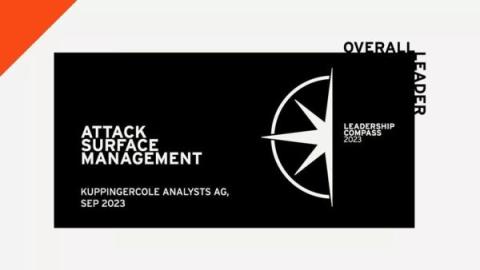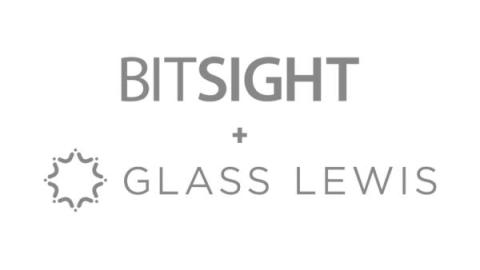Overcoming Cybersecurity Headwinds Part 2: Automation and Repurposing Time Savings
Welcome back to our Overcoming Cybersecurity Headwinds blog series—inspired by my latest webinar about third party risk with Marc Crudginton, CISO at Howard Hughes Corporation. In our last blog, we explored the wisdom of centrally managing cyber risk efforts across your organization and your third-party supply chain—a strategy that helps you do more with less in an era of budget constraints. Today, we dive deeper into the core of efficient Third Party Risk Management (TPRM): Automation.





